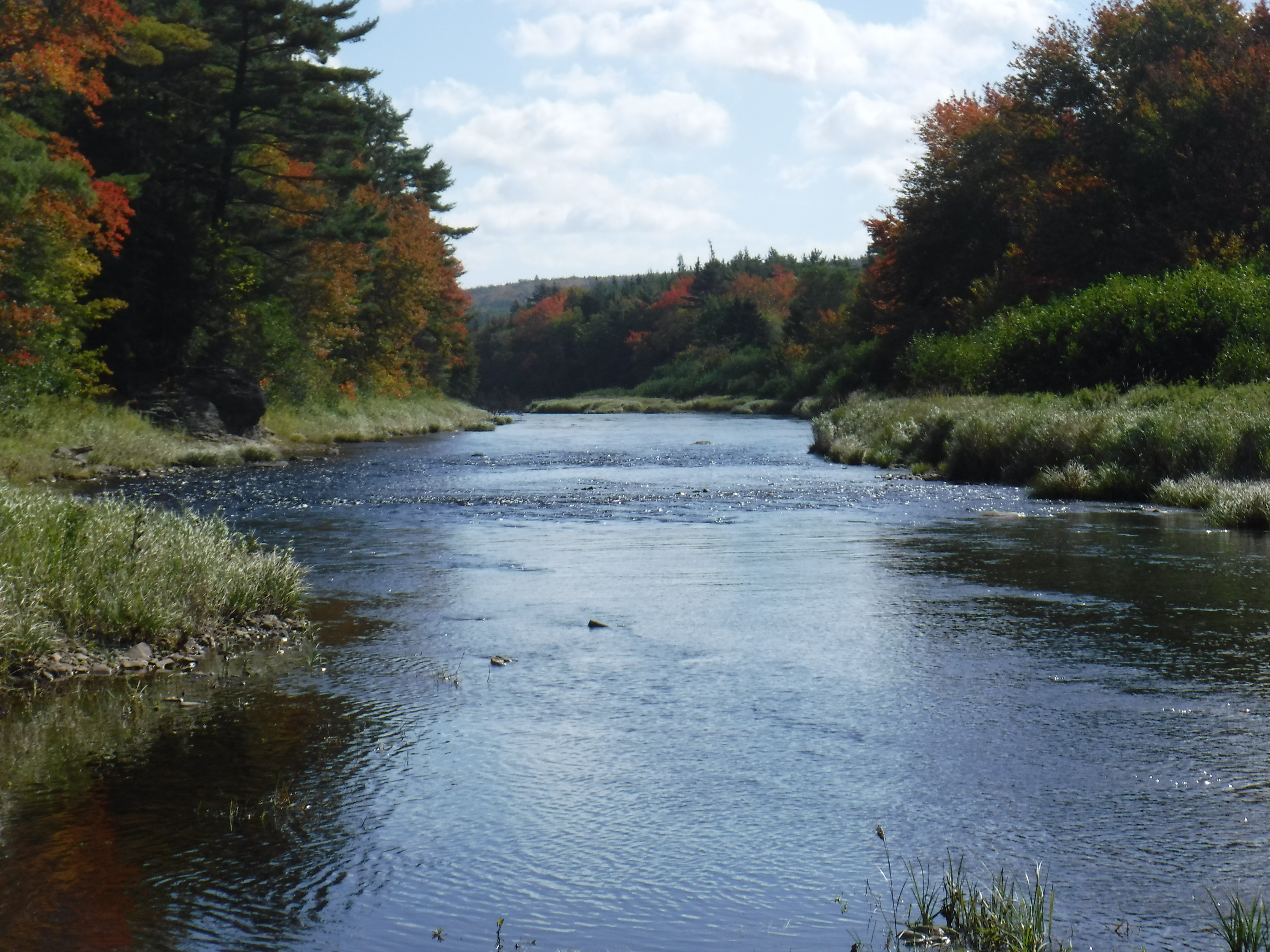St. Mary’s River Association
June 25, 2018Like many of the projects the Atlantic Salmon Conservation Foundation funds, the most common end goal is restoring precious waterways to help make a more desirable environment for Atlantic salmon and other species.
The latest project undertaken by the St. Mary’s River Association is no different as volunteers continue with salmon habitat enhancement on the West branch of the St. Mary’s River in Nova Scotia.
With the help of $25,000 in grant funding from the ASCF in 2017 and $23,401 in 2018, this project aims to implement the St. Mary’s River Recovery Strategy (2013) and address habitat issues in the West Branch resulting from years of erosion – due to floods and ice – which has caused the channel to become very wide and shallow. The channel results in warm water temperatures in the summer and excessive ice production in the winter, which scours the channel further and destroys redds.
Specifically, this project allowed continued restoration work to be done in the upper section as set out in the 2014 Restoration of the West Branch of the St. Mary’s River Report.
The SMRA West River (St. Mary’s) Habitat Restoration Project is an ongoing initiative to restore and repair the river’s habitat and to date almost twenty kilometers of the river has been completed. The restoration includes a variety of structures that are aimed at creating a narrower deeper channel with more pools.
Kenny Silver, vice-president of the St. Mary’s River Association, notes positive results are already being seen at the sites that have been restored in 2014, 2015 and 2016, including increased numbers and quality of holding pools, increased spawning, and improved habitat around cold water refuge areas which are being used by fish. Trees were also planted to stabilize river banks and are doing well, and debris was removed for stream bed making it better salmon spawning habitat.
He adds the restoration work is expensive and would not have been possible without the funding help of various partners.
The St. Mary’s River, located in Nova Scotia’s Eastern mainland, is one of the province’s largest rivers with a drainage basin of over 1,300 sq. km. There has been a long history of log drives on the river to deliver timber from its headwaters to the estuary for shipment throughout the world. The river was also used to power sawmills, a transportation route for people, and providing an abundant source of food in the form of fish. By the mid 1800’s the affect of exploitation on the river was apparent.
The St. Mary’s River Association was formed in the late 1970’s by a few individuals who were interested in the health of the river and in particular the long-term health of Atlantic Salmon stocks. The group continues its tireless work today.

